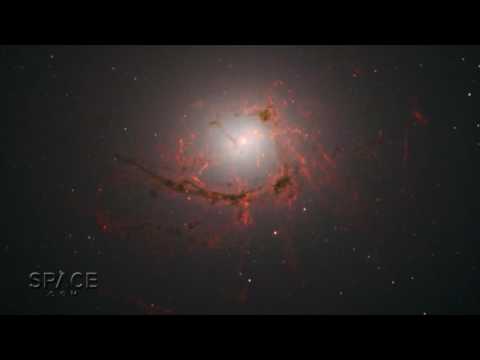Breaking Barriers: How Scientists are Revolutionizing Deep Space Exploration
Space exploration has always been a topic of fascination and wonder for humans. The idea of venturing into the unknown and discovering new worlds has captured the imagination of scientists and explorers for centuries. In recent years, there has been a renewed focus on deep space exploration, with scientists working tirelessly to break through the barriers that have limited our ability to explore the far reaches of the universe.
One of the biggest challenges facing deep space exploration is the vast distances involved. The closest star to Earth, Proxima Centauri, is over four light years away, meaning that even at the speed of light, it would take over four years to reach it. This immense distance has made it difficult for scientists to send manned missions to other stars, as the journey would take decades or even centuries.
To overcome this barrier, scientists have been developing new propulsion technologies that could potentially allow spacecraft to travel at speeds approaching the speed of light. One such technology is the concept of warp drive, which would involve warping space-time around a spacecraft to propel it faster than the speed of light. While warp drive is still in the theoretical stages, scientists are making progress in developing the necessary technologies to make it a reality.
Another barrier to deep space exploration is the harsh environment of space itself. The vacuum of space, extreme temperatures, and high levels of radiation present significant challenges for spacecraft and their occupants. To address these challenges, scientists are developing new materials and technologies that can withstand the rigors of space travel. For example, NASA’s Orion spacecraft is equipped with a heat shield that can withstand temperatures of up to 5,000 degrees Fahrenheit during re-entry into Earth’s atmosphere.
In addition to technological barriers, there are also financial and logistical challenges to deep space exploration. Sending a spacecraft to another star would require a massive investment of resources and coordination on a global scale. However, recent advances in commercial spaceflight and international collaboration have made deep space exploration more feasible than ever before.
One of the most exciting developments in deep space exploration is the discovery of exoplanets, or planets outside our solar system. In recent years, astronomers have identified thousands of exoplanets, some of which could potentially harbor life. NASA’s James Webb Space Telescope, set to launch in 2021, will be able to study the atmospheres of these exoplanets in search of signs of life.
Overall, scientists are making great strides in breaking through the barriers that have limited deep space exploration in the past. With advances in propulsion, materials science, and international cooperation, the dream of sending manned missions to other stars is becoming closer to reality. As we continue to push the boundaries of what is possible in space exploration, the possibilities for discovery and exploration are truly limitless.













